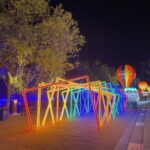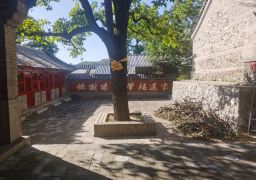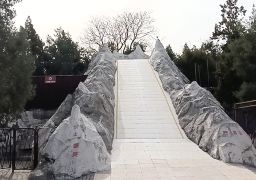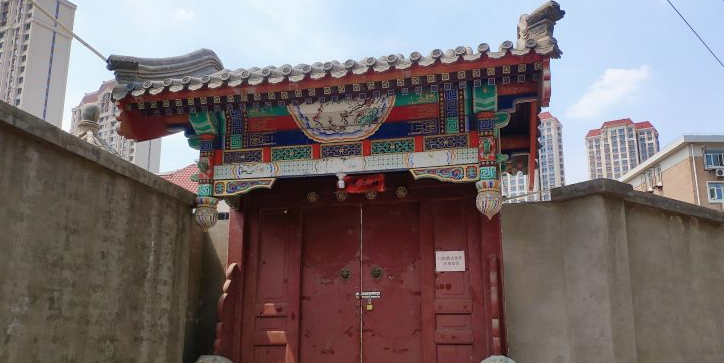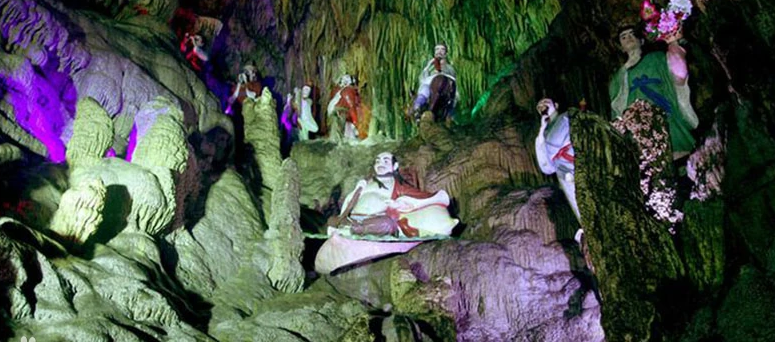Within the Academia Sinica, there is a historical cultural relics exhibition hall, boasting a treasure trove: it houses more than twenty national treasures second only to the Forbidden City; a complete will of Emperor Kangxi of the Qing Dynasty; and oracle bones. The museum is located on the first and second floors of the Institute of History and Philology, originating from the Central Museum Preparatory Office established by the first director, Fu Ssu-nien, in 1933.
The preparatory office moved to Taiwan with the Institute of History and Philology, merged with the Beijing Palace Museum in 1949, and when the Palace Museum was established in 1965, the Central Museum disappeared, only to be ‘revived’ in the Institute of History and Philology in 1996. The director of the Institute of History and Philology, Huang Jinxing, pointed out that most of the Palace Museum’s collections come from royal families after the Zhou Dynasty; the museum’s collections are mostly archaeological finds. These bronze artifacts unearthed from the tomb of King Wu Ding of the Shang Dynasty over three thousand years ago witness the peak of bronze casting in the Shang Dynasty. The museum is open every Wednesday and Saturday, from 09:30 to 16:30.

Academia Sinica’s Institute of History and Philology
Within the Academia Sinica, there is a historical cultural relics exhibition hall, boasting a treasu[...]
